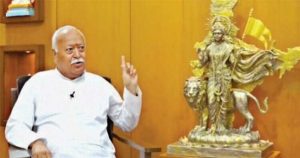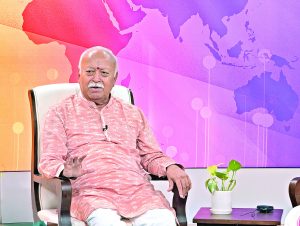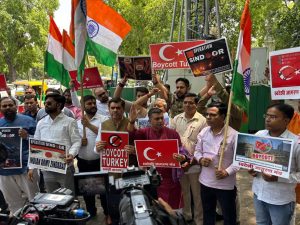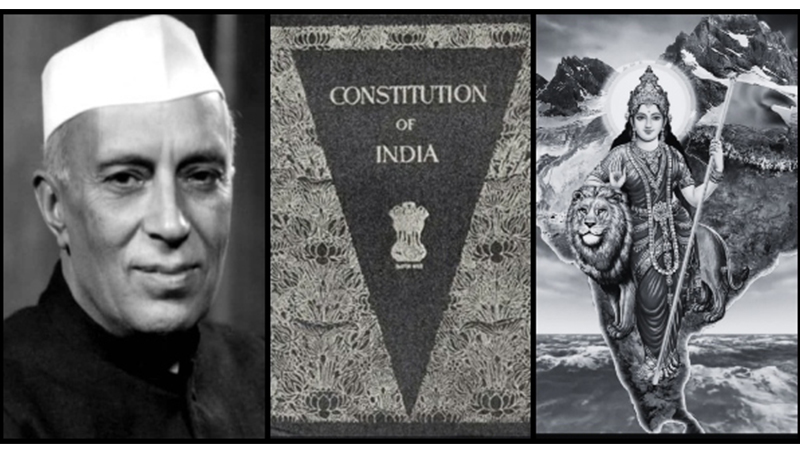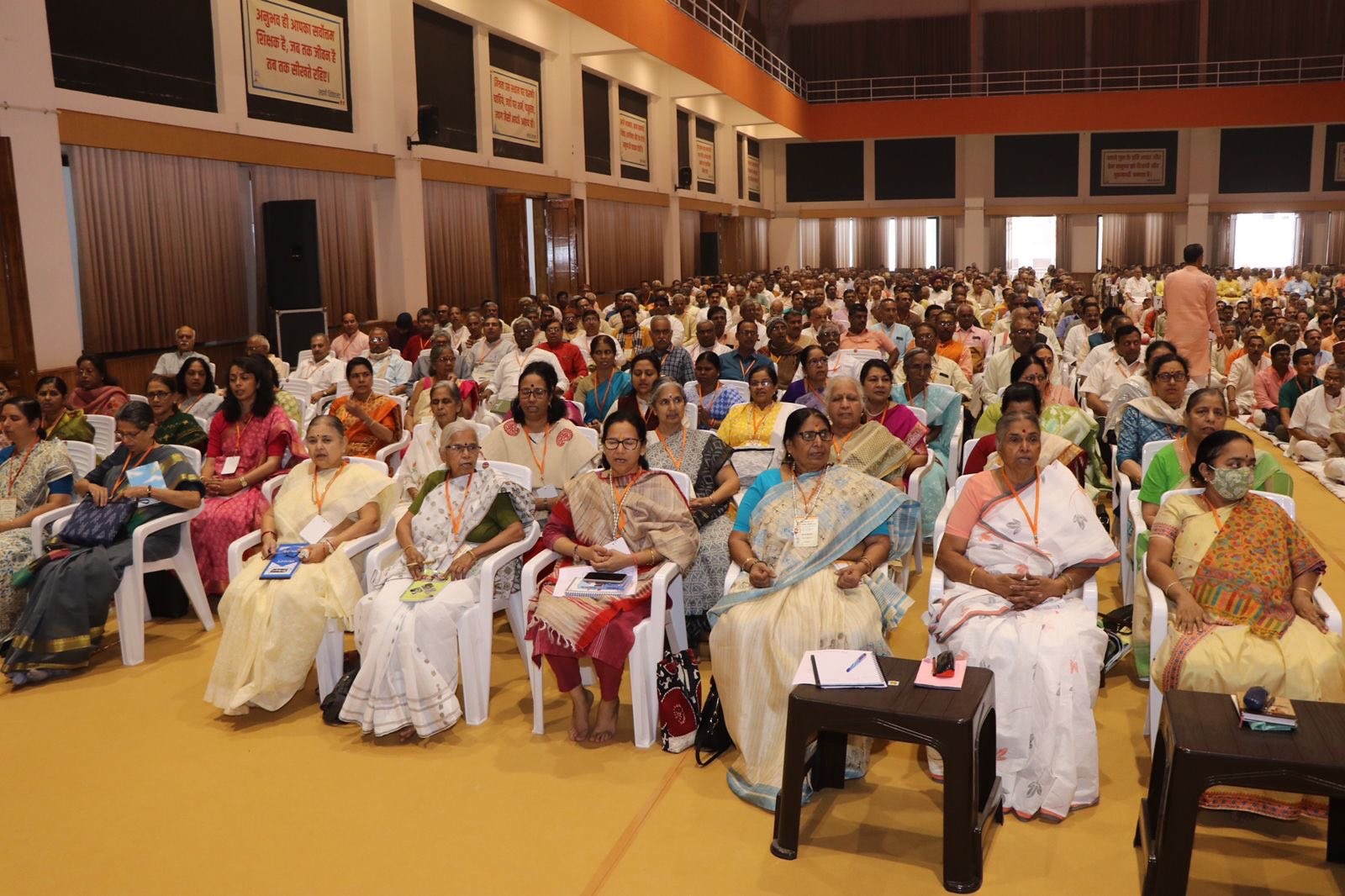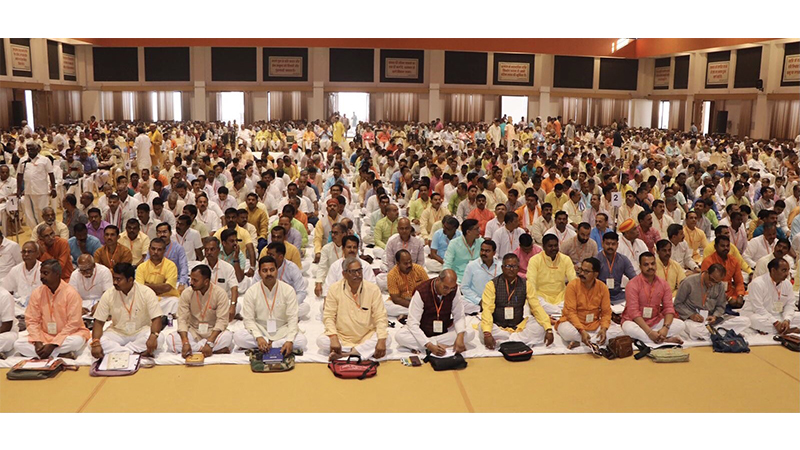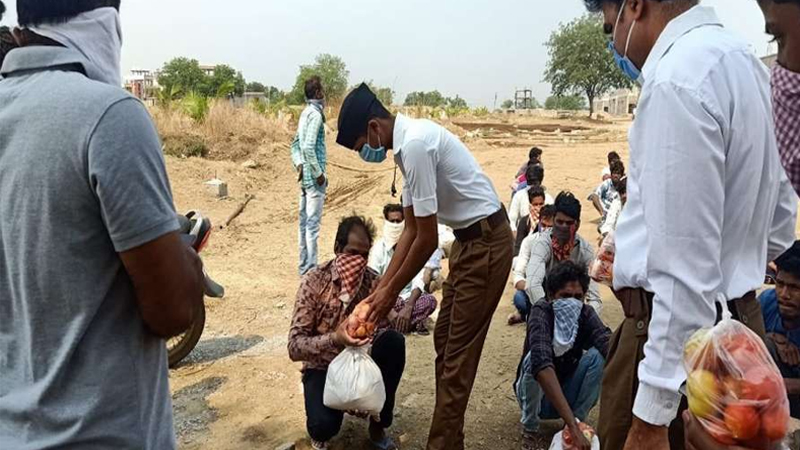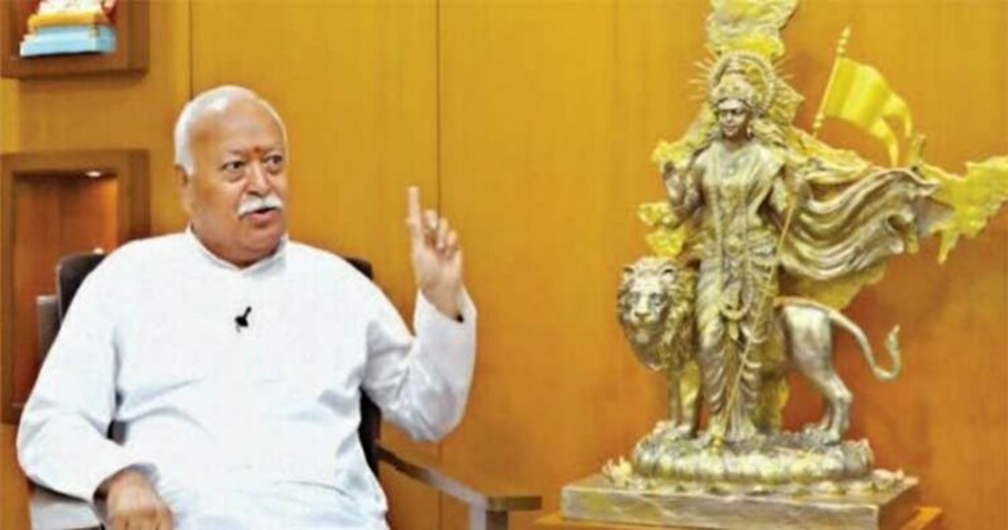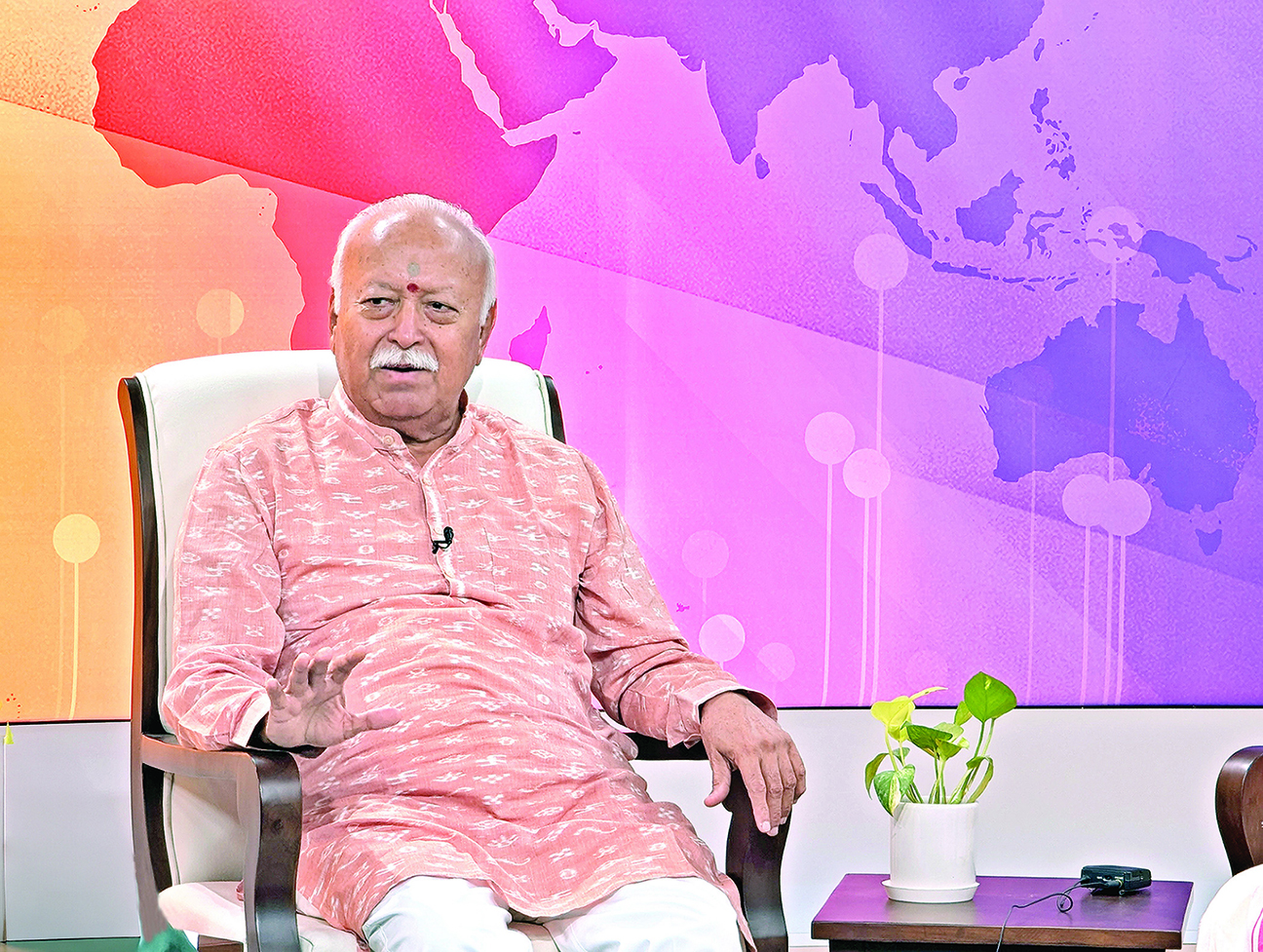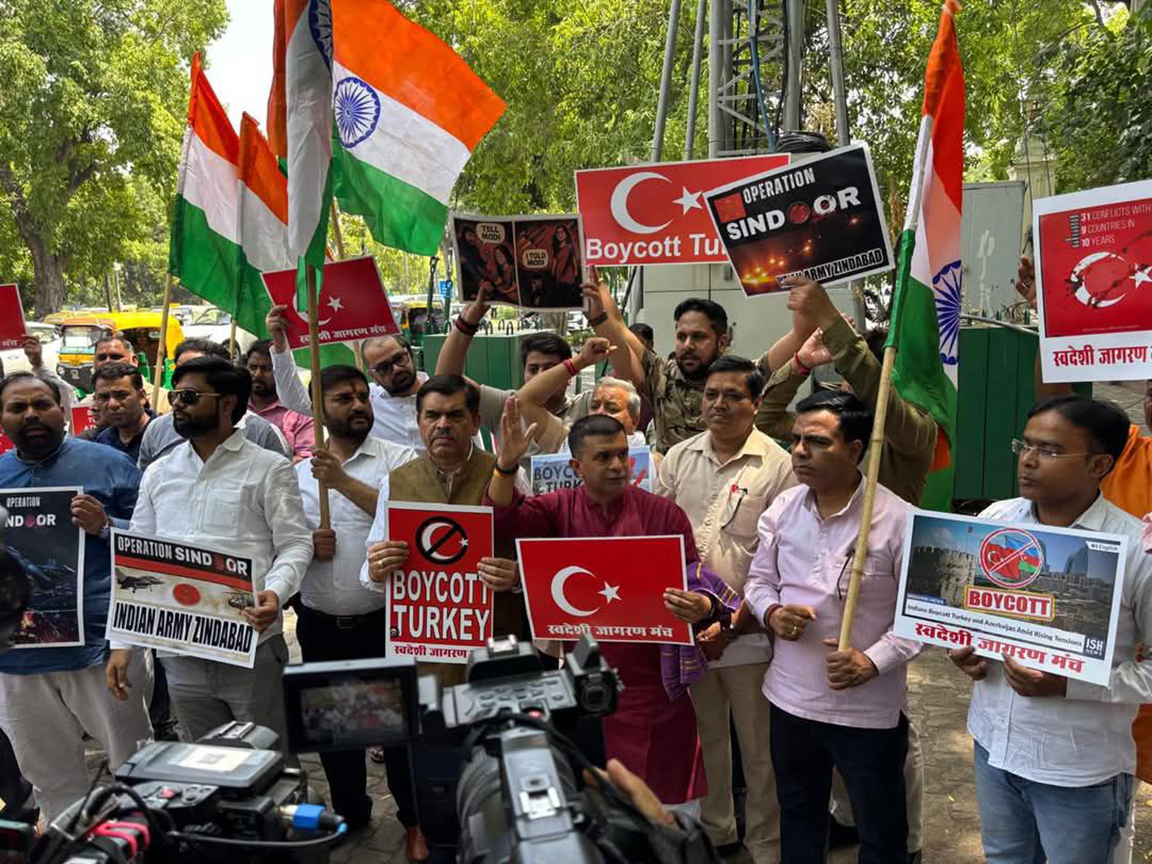Change in ‘religious demography’ of India is a real threat
Updated: December 3, 2024 13:50
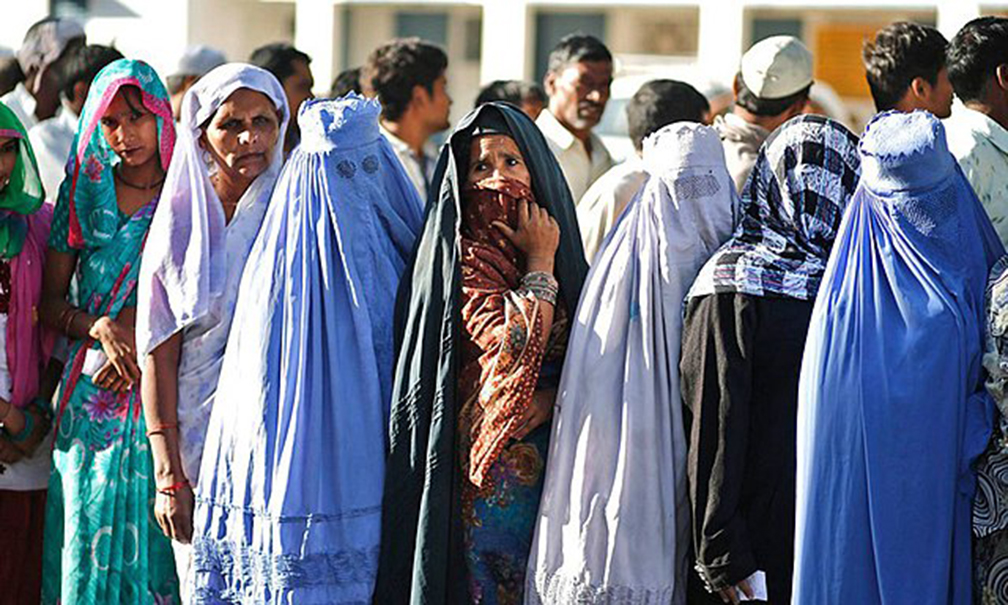
The last Census of India was conducted in 2011. The results of this Census are an eye-opener as far as the changing religious demography of Bharat is concerned. Dr JK Bajaj of the Centre for Policy Studies (CPS) did some path-breaking work by breaking down the Census 2011 data and the results clearly indicate the need to ponder upon the issue of ‘religious demography’ of India.
According to Dr Bajaj, “At the national aggregate level the most significant piece of information that emerges from the religion data of census of 2011 is the increase in the share of Muslims in the population of India from 13.43 percent in 2001 to 14.23 percent now. They have thus added 0.8 percentage points to their share in the population.”
This level of increase in the share of Muslims was significant as it was the third decade in a row when their share had increased by or above 0.8 percentage points. Another significant aspect is that the share of Muslims has been rising every decade since Independence and Partition.
“The quantum of rise, however, became rather large after 1981. That process of considerable increase in the share of Muslims from decade to decade has continued unabated during 2001-2011,” says Dr Bajaj.
Let us take a look the share of Muslim population from 1951 onwards as depicted by successive Census. During 1951-1961, the decadal increase in the growth of Muslim population was 0.24 per cent and it has jumped to almost four times at 0.80 per cent in 2001-2011 decade.
Now let us take a look at the growth of Muslim population in absolute numbers. In 1951 the population of Muslims in India was 3.47 crore whereas it grew to 17.11 crore by 2011. This implies a multiplication factor of 4.6. The population of Indian religionists in the same period has multiplied only 3.2 times, according to Dr Bajaj.
Gap in the growth rate of Muslims and Indian religionists
The most important factors in this regard is the gap in the growth rate of Muslims and the Indian Religionists (IRs) among whom we include the Hindus, Sikhs, Jains according to the Census guidelines.
Dr Bajaj points out, “The gap between the growth rates of Muslims and IRs, normalised to the absolute growth of IRs, widened to as much as 49 percent during 1981-91; it became marginally narrower in 1991-2001 and has widened again in the last decade. The commentators, who have been pointing out the decline of the Muslim growth rate from 29.69 to 24.65 percent as an indication of the halting of the religious imbalance, are wrong; because, the normalised gap between the growth rates of Muslims and IRs has only widened.”
Thus if one goes by the Census data of 1981, 1991 and 2011, it is clear that the Muslims in the country have grown by nearly 50 percent more than the Indian Religionists for the third decade in a row. Such wide difference in the growth rates should be a cause of concern as it can have a very significant socio-cultural impact in the long run.
Decline in the Share of Indian Religionists
According to the studies conducted by Centre for Policy Studies on Census 2011, the share of Indian religionists is declining. In 2001 their overall share in population was 84.21 per cent, it came down to 83.48 per cent.
‘The process of decline in the share of Indian religionists, like the increase in the share of Muslims, has continued since Independence and Partition and has become considerably faster after 1981. Between 1951 and 2011, the share of Indian religionists in the population of India has contracted by nearly 4 percentage points, and the Muslim share has expanded by about that amount. Census 2011 shows that this spurt in the Muslim growth and consequent decline of others has not subsided yet.’
Decline in Hindus, Sikhs, Jains and others
While the Muslims share in population is consistently on rise, the share of Hindus in population has come down below 80 percent for the first time since independence. According to 2011 Census, the share of Hindus in the population stood at 79.80 percent. In 2001, this share stood at 80.46 percent.
During the decade (2001-2011), the share of Sikhs has declined from 1.87 to 1.72 percent, of Buddhists from 0.77 to 0.70 and of Jains from 0.41 to 0.37 percent.
According to Dr Bajaj, “This decline in the share of Sikhs, Jains and Buddhists is a significant phenomenon, which would have important sociological and political consequences.”
Arunachal facing the evangelical tide
One of the most significant stories of the Census 2011 data is the onslaught of evangelical tide in strategically located Arunachal Pradesh. Unfortunately, we have overlooked this data so far.
From 2001-11, the proportion of Christians in the population of the state has risen from less than 19 to more than 30 percent. According to the CPS study, Christians now form a majority or near majority of the population in several districts. The share of Christians in the Scheduled Tribes population of the state and the districts is even higher.
“Arunachal Pradesh, unlike other hill States of the northeast, had escaped widespread Christianisation until 1981 and, to a large extent, even until 1991. Christian presence in the State began to acquire serious proportions in 2001; the Religion Data of Census 2011 indicates that the State is now well on its way towards nearly complete Christianisation of the Schedule Tribes population as it happened within the first decade or two of Independence in Nagaland, Mizoram and Manipur and, to a significant extent, in Meghalaya,” concludes Dr Bajaj.

